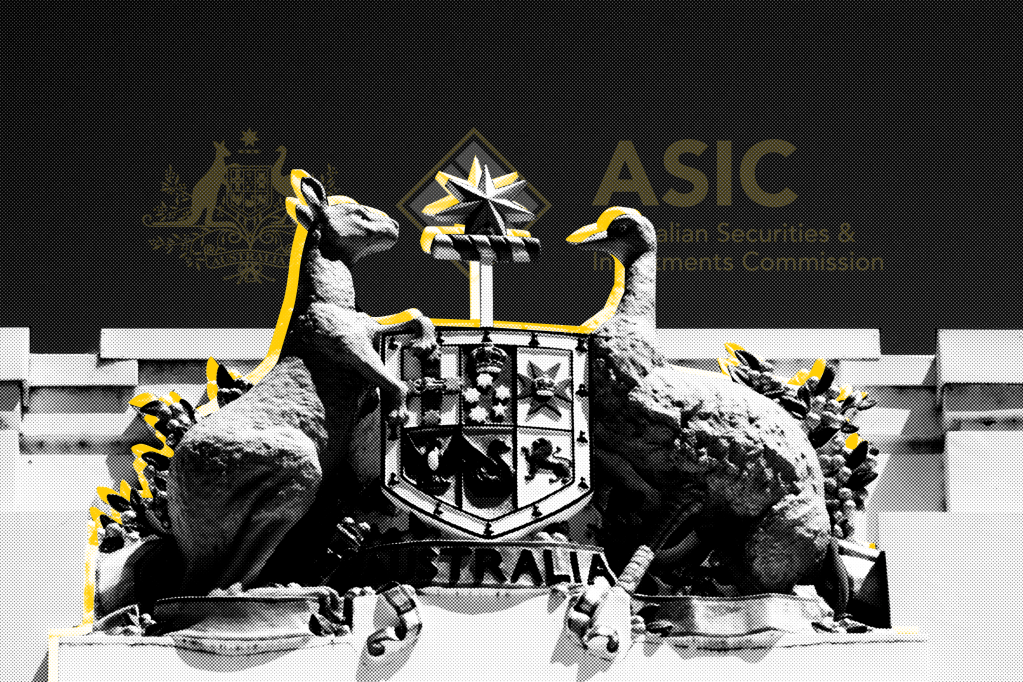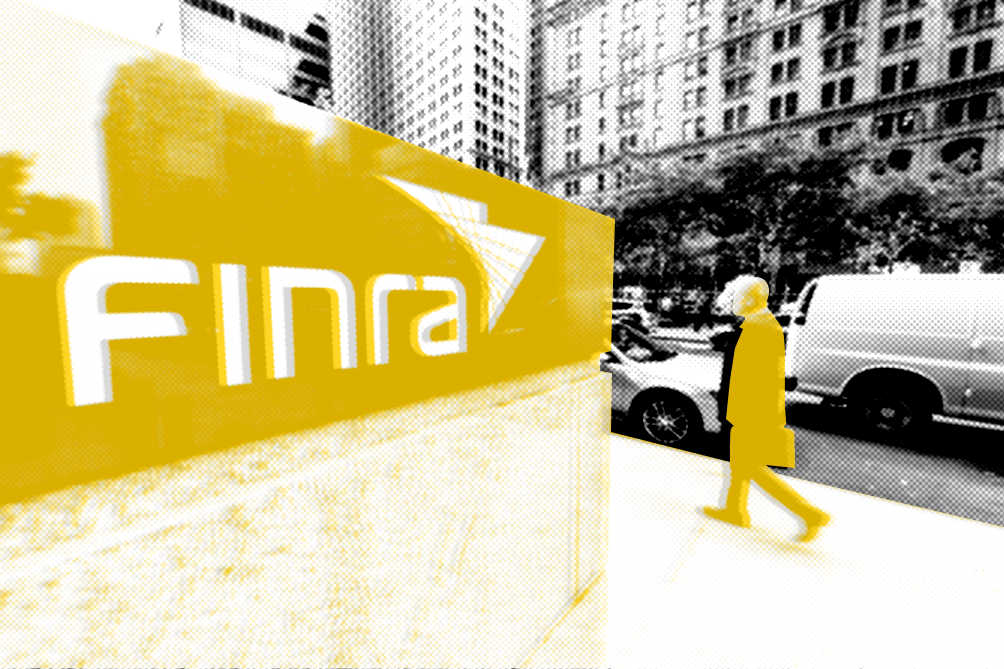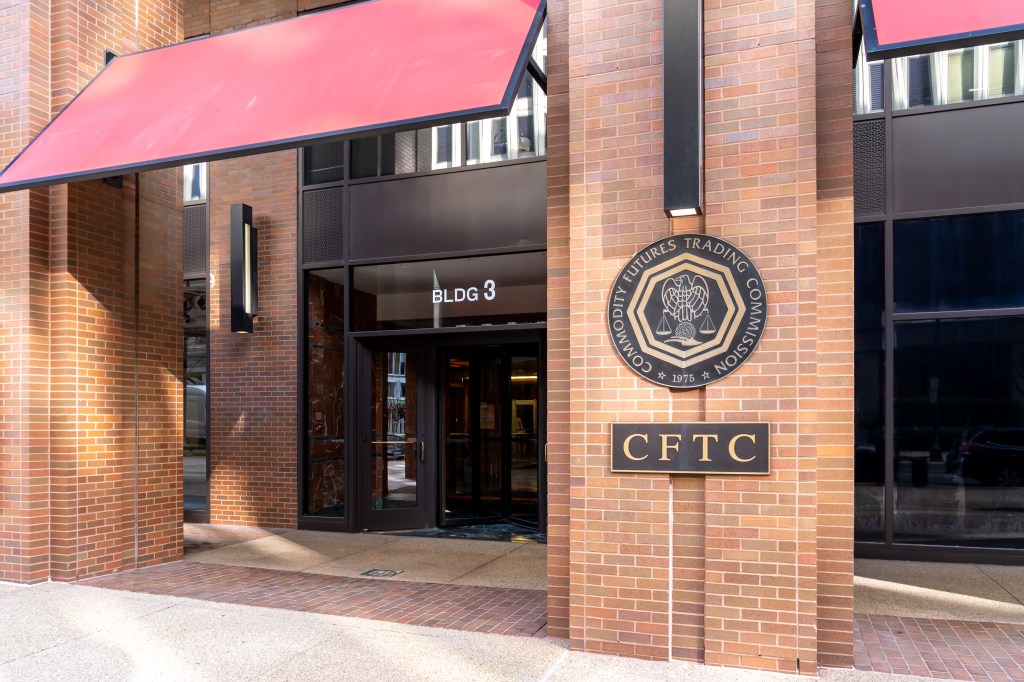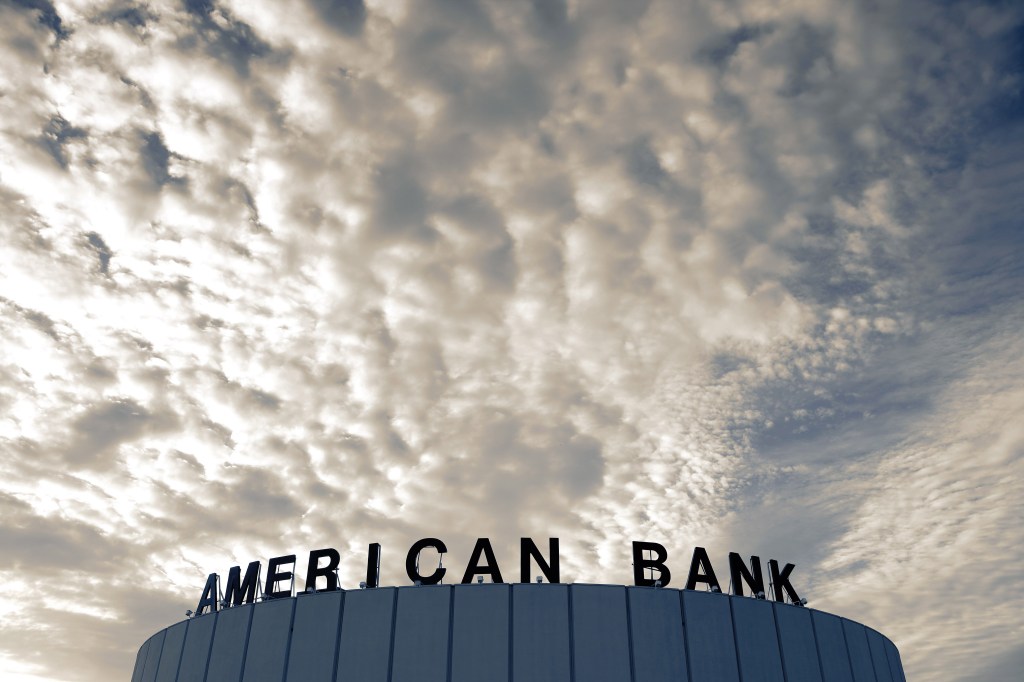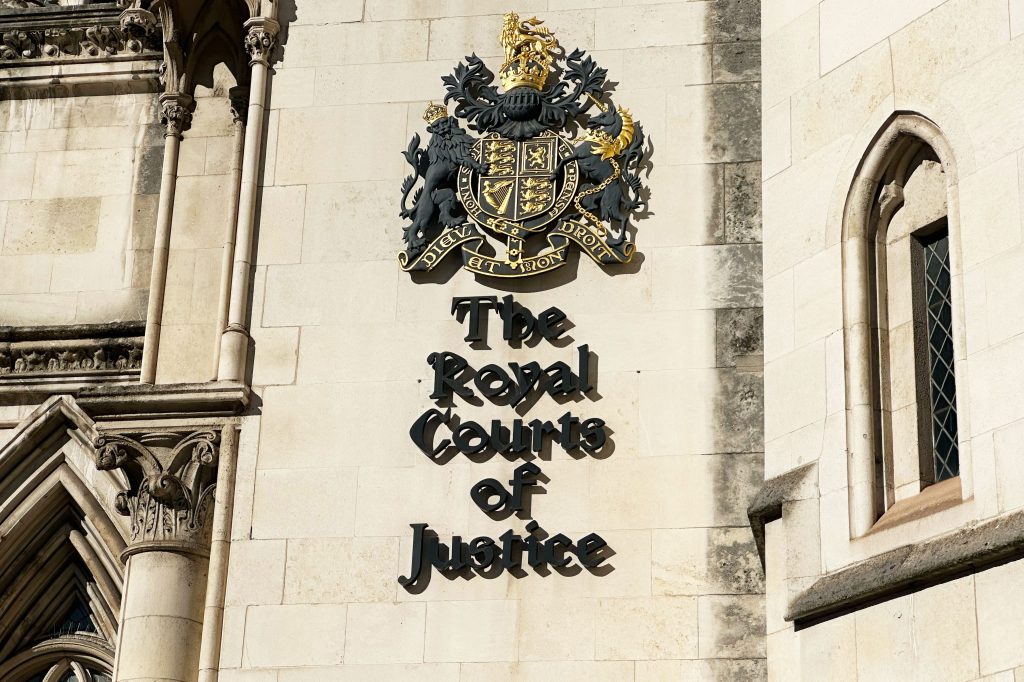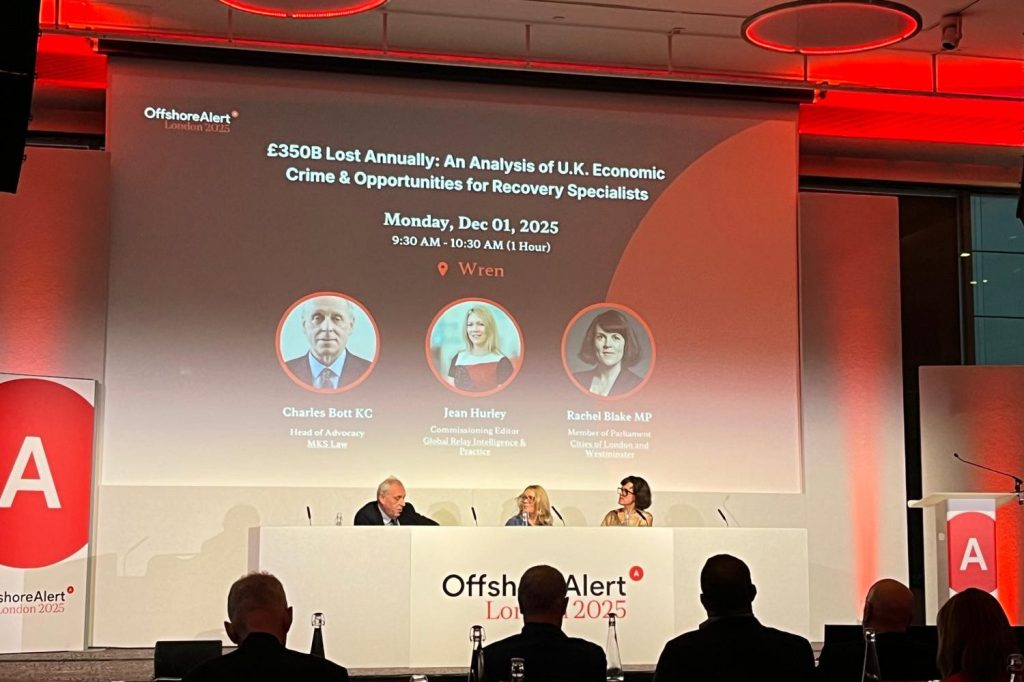Last week, the US Department of the Treasury’s Financial Crimes Enforcement Network (FinCEN) held the 62nd semi-annual plenary meeting of the Bank Secrecy Act Advisory Group (BSAAG). There, Deputy Secretary of the Treasury Michael Faulkender delivered remarks laying out guiding principles for Bank Secrecy Act (BSA) modernization.
The agency
Register for free to keep reading.
To continue reading this article and unlock full access to GRIP, register now. You’ll enjoy free access to all content until our subscription service launches in early 2026.
- Unlimited access to industry insights
- Stay on top of key rules and regulatory changes with our Rules Navigator
- Ad-free experience with no distractions
- Regular podcasts from trusted external experts
- Fresh compliance and regulatory content every day

